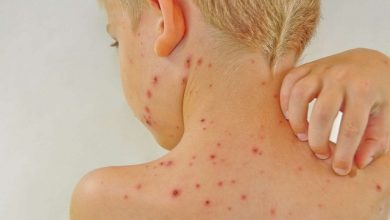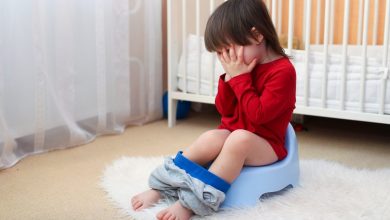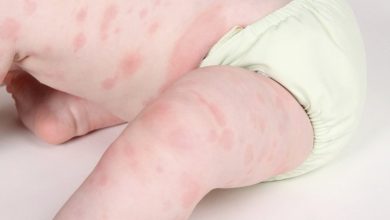Hemophilia is a life-threatening illness in both children and adults. Therefore should be detected early and treated in a timely manner. So, do you know anything about haemophilia? Please join us to find out about information Haemophilia in children to promptly prevent and treat in the article below.
Appendix
What is haemophilia?
Hemophilia is a disease in which the blood of an infected person does not automatically clot like normal people. The main reason is due to lack of blood clotting factors in the chain of 12 blood clotting factors. When a child has haemophilia, they will bleed for a long time, making it difficult to stop bleeding when injured. Especially injuries in the body, knees, ankles, elbows are difficult to stop bleeding and life-threatening.

Haemophilia is a rare disease. Worldwide, the incidence of the disease is 1 in 5,000. Usually, children with this disease often have genetic factors or genetic mutations that make them likely to cause disease in the next generation.
Symptoms of haemophilia

To detect haemophilia, patients often have the following symptoms:
- When a child experiences injuries, falls, scrapes, bleeding will occur. At that time, in the position of injury will not stop the bleeding.
- Young bodies appear bruises without knowing the cause.
- Bleeding in large joints such as the knee joint, elbow, ankle or brain bleeding. Swollen and sore joints.
- Spontaneous bleeding has no cause.
- Some cases have blood in the stool and urine.
Depending on the severity of the disease, the symptoms of the disease will vary. When a child has haemophilia, it is very dangerous when he / she participates in activities, physical exercises or daily activities. All of these activities are likely to cause scrapes or injuries. Therefore, when seeing children with the above signs, parents should take their children to specialized hematology facilities for timely examination.
You need to know about some of the tips for doing so Support treatment of cerebral anemia effective.
Causes of haemophilia
Normally, when blood circulates, the body gathers blood cells together to form a blood clot to stop bleeding when an injury is encountered. The coagulation process is done by certain factors in the blood. When a person is deficient in one of these blood clotting factors, it can cause hard blood clotting.

Typically, the disease is caused by genetic factors. But, according to a study, about 30% of this disease is not due to a family history but to a spontaneous mutation occurring in a gene related to haemophilia.
Hemophilia is not contagious, so it will not be spread from an infected person to a healthy person. Only inherited or mutated genes can make children sick. Families with members with haemophilia will have children who are more likely to get it.
Top 5 ways to prevent haemophilia in children
Children with haemophilia still live as normal people if detected early and treated. Currently, there is no method to treat haemophilia because it is a genetic disease. Only methods to overcome and reduce the condition of the disease. According to a study, 20% children with haemophilia will be disabled, so detected as soon as possible.

To help prevent excessive bleeding and protect joints for children with haemophilia, please accompany your child and do some of the following ways to prevent the disease:
- Let children exercise regularly. Should practice exercises that are good for muscles and protect joints such as swimming, cycling, walking, ... Absolutely avoid sports that must be vigorous to cause injuries such as football, wrestling. , ...
- Avoid some painkillers because they increase the risk of bleeding: aspirin, ibuprofen. For better and safer pain relief, acetaminophen should be used.
- Absolutely avoid blood thinners or medications that prevent blood clots like heparin, wafarin, clopidogrel, prasugrel, ...
- Give children regular oral hygiene, keep clean mouth to prevent tooth extraction because it will cause a lot of blood.
- Protect places where injuries can bleed during exercise or in daily activities such as wearing cloth, rubber or leather pads to protect the knees, elbows, wearing helmets, wearing seat belts all to avoid being crushed, ... Indoor should limit the furniture with sharp corners to avoid the risk of injury when children daily activities.

Above are the information child disease about Haemophilia in children. This disease is very dangerous to the lives of children if not detected and prevented in time. Therefore, DamiLama Parents, please pay close attention to children to detect abnormal health problems.




